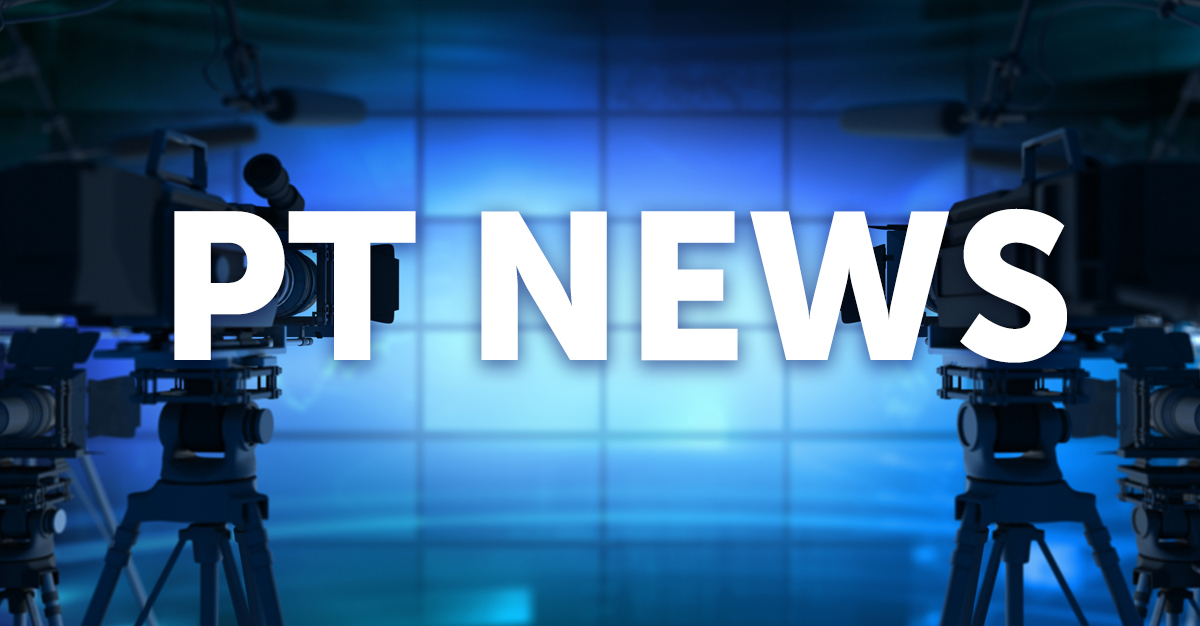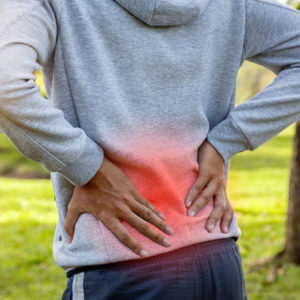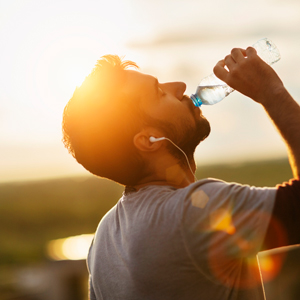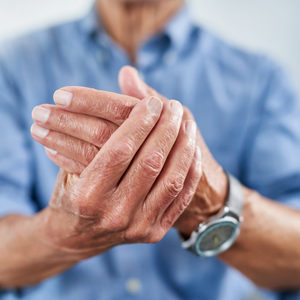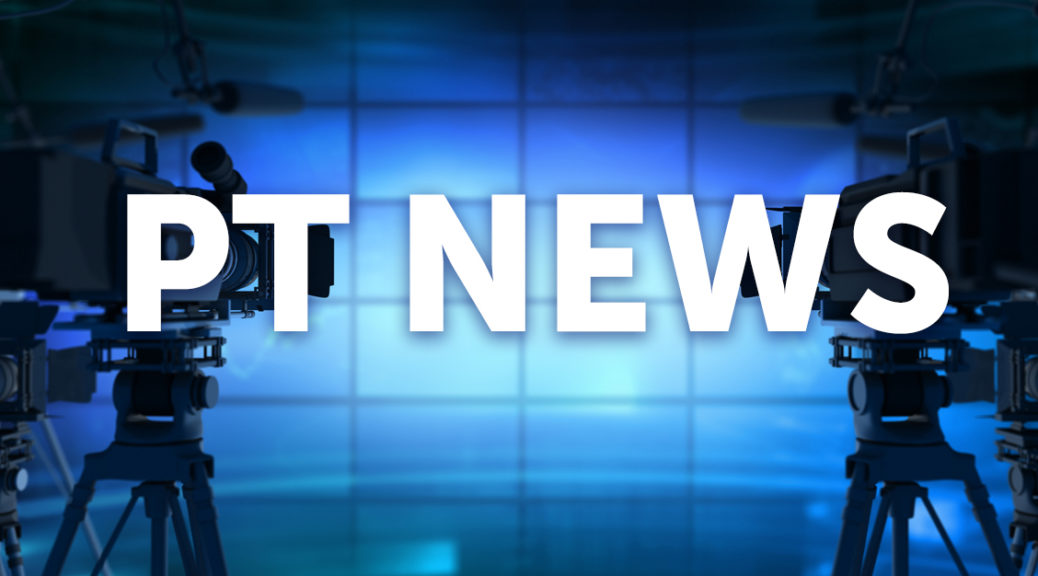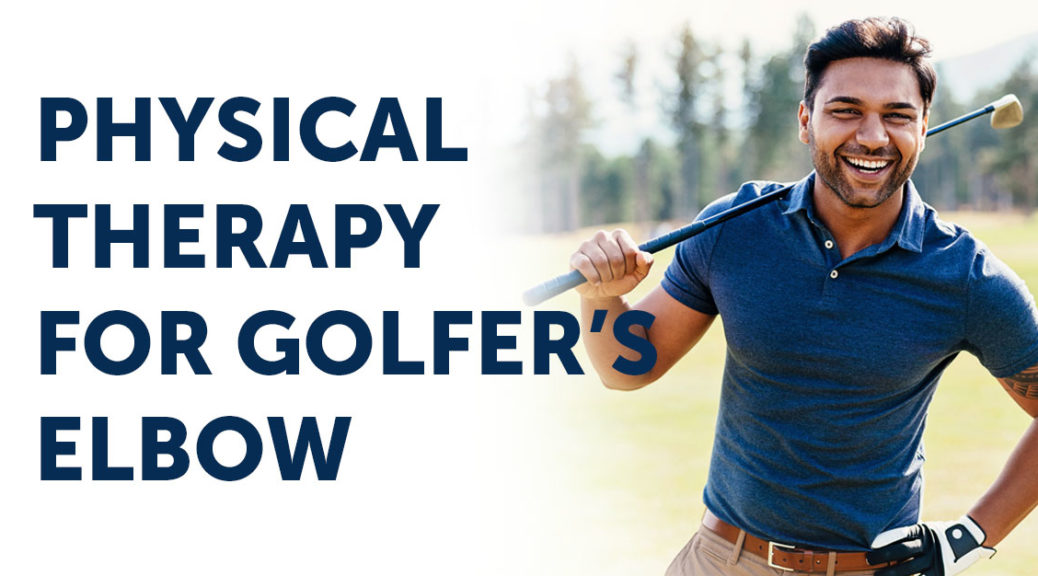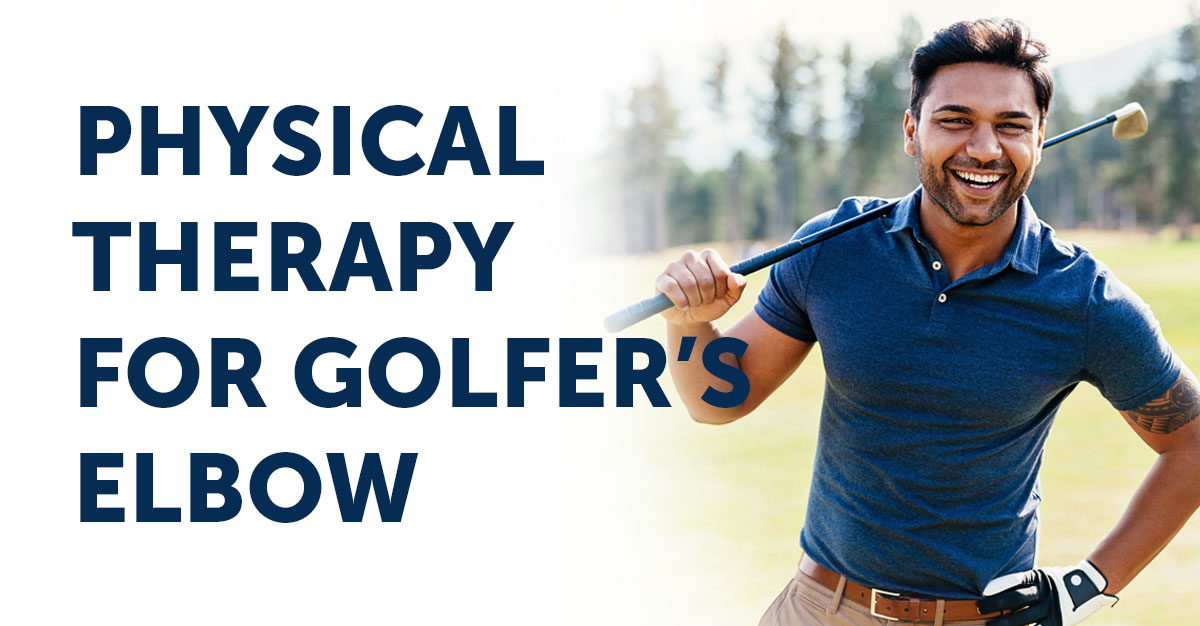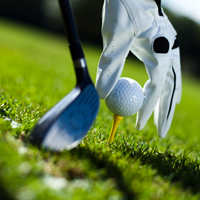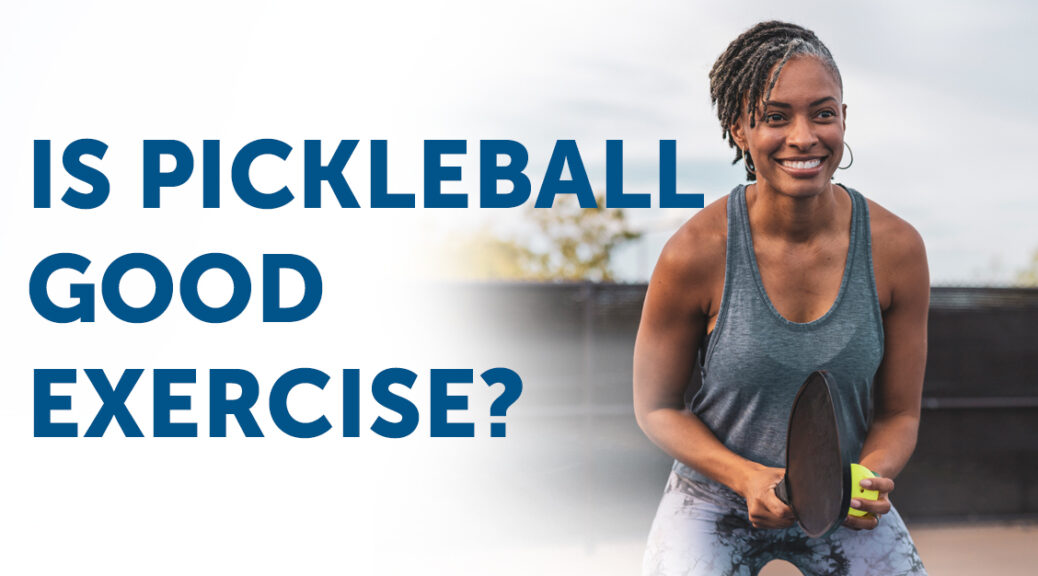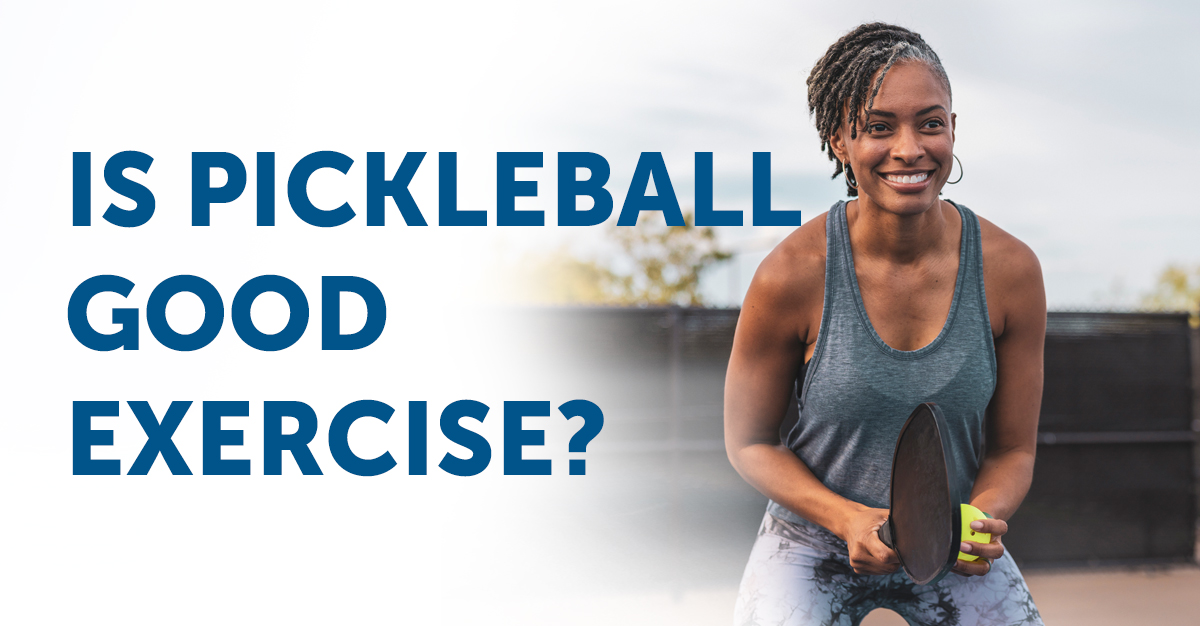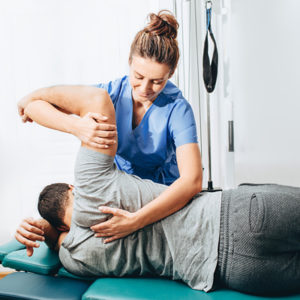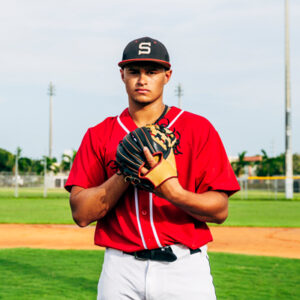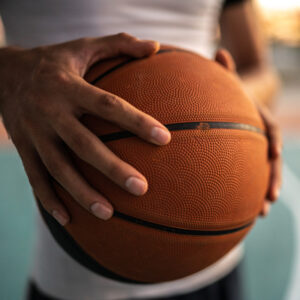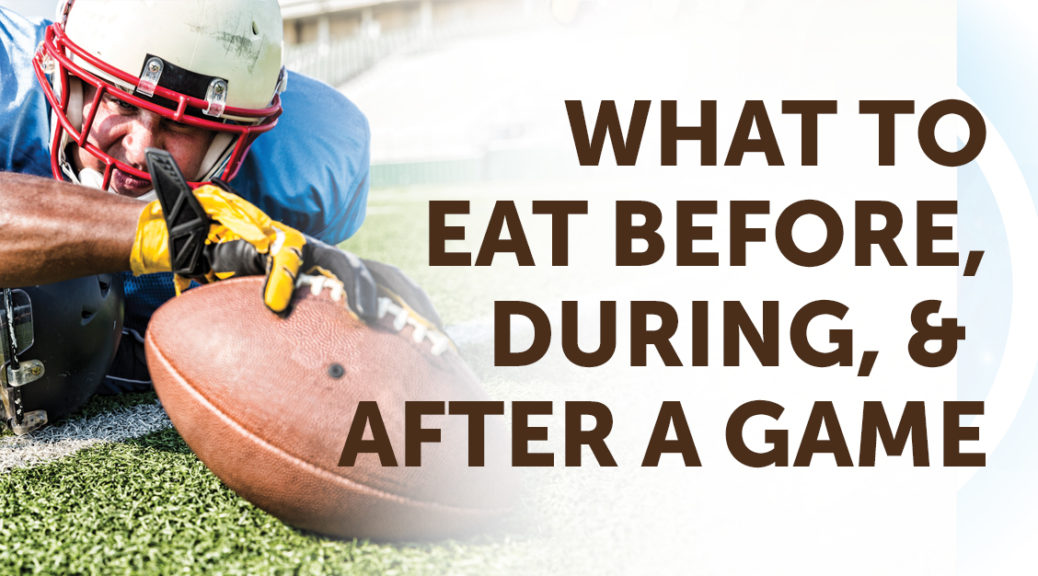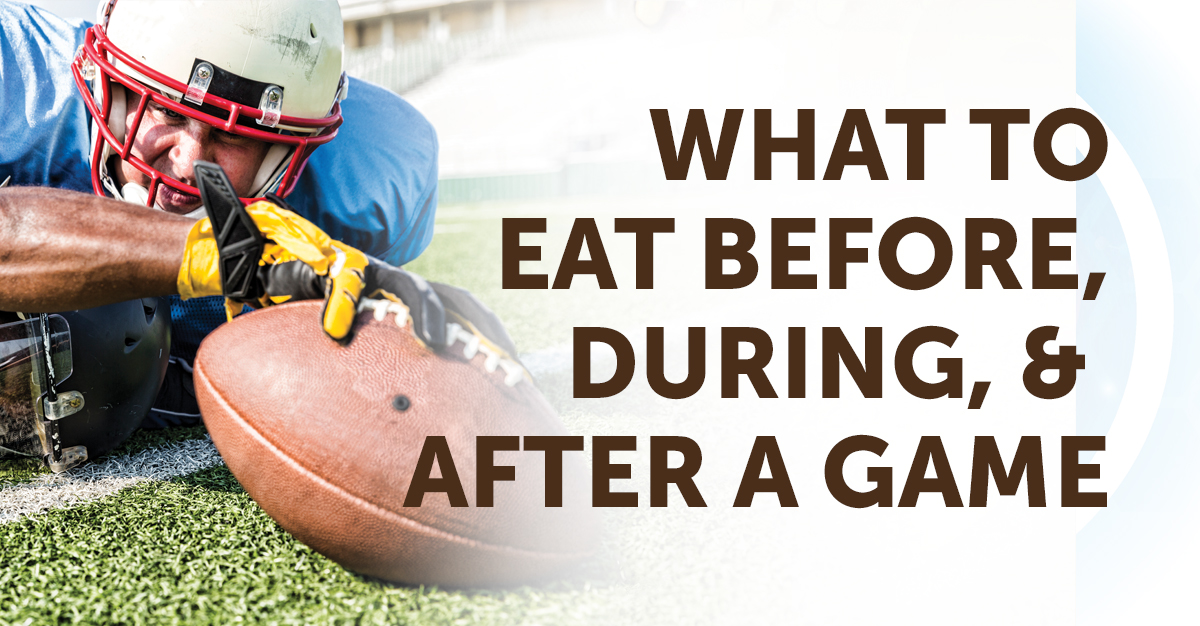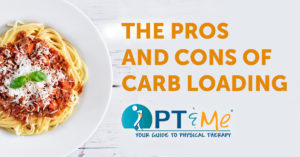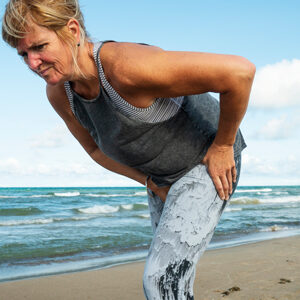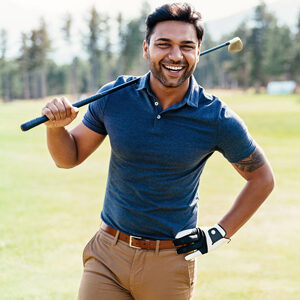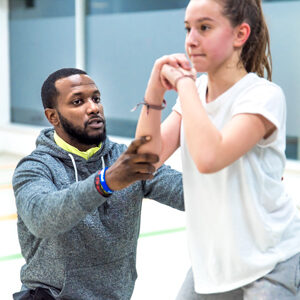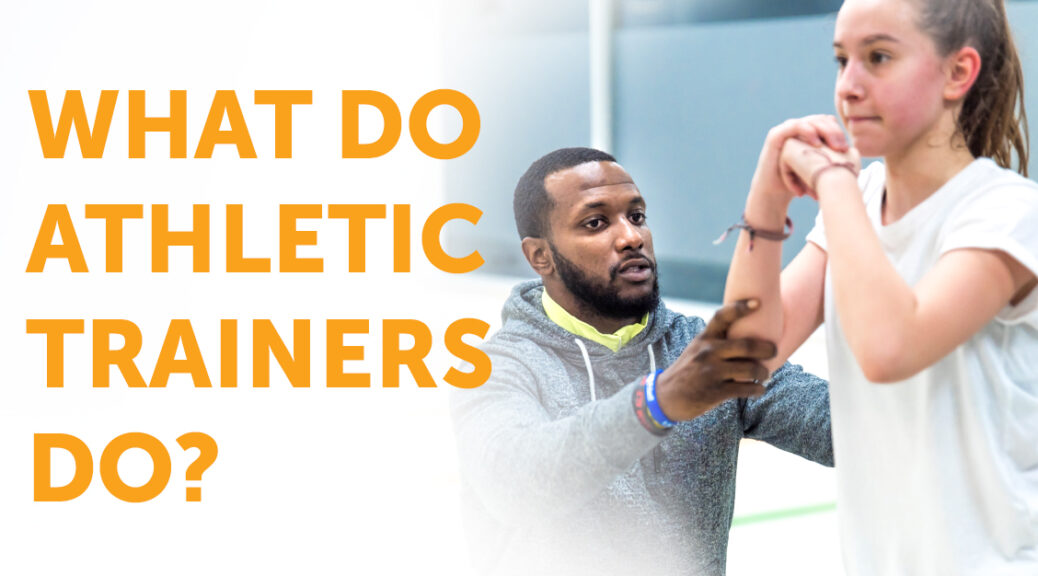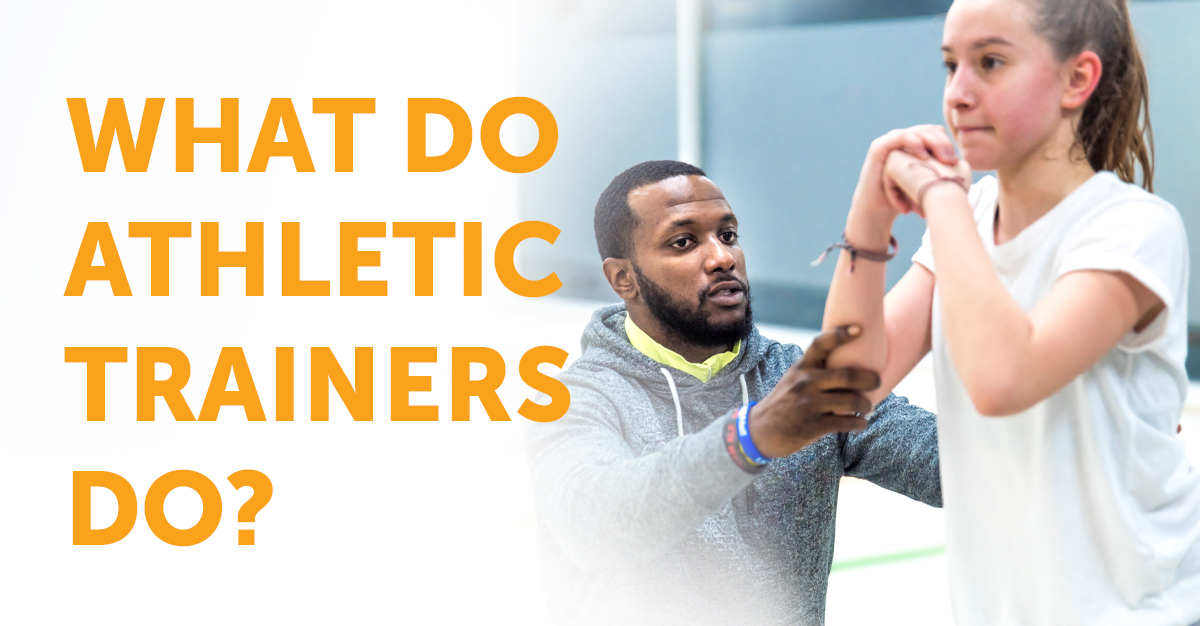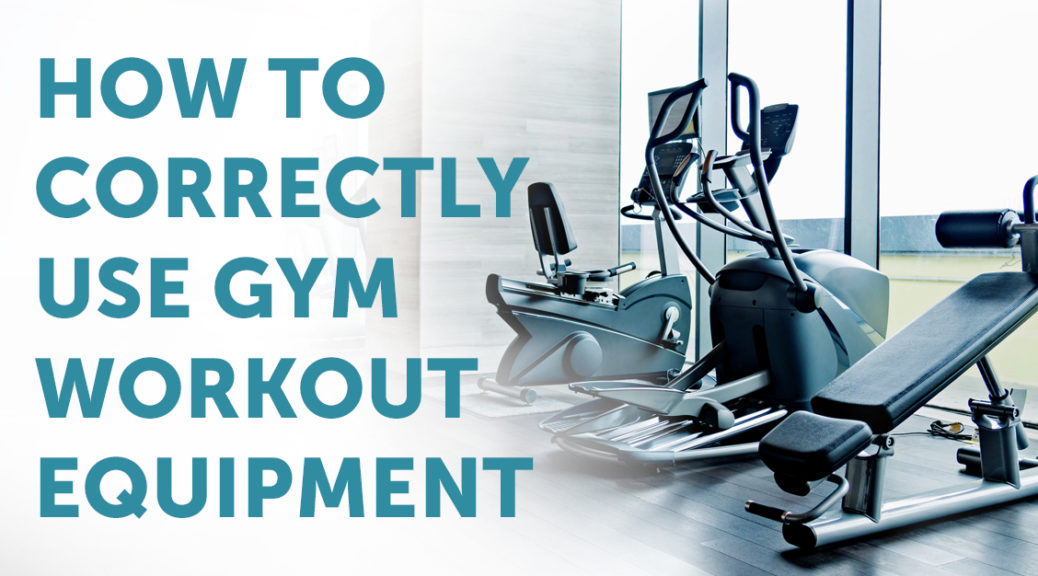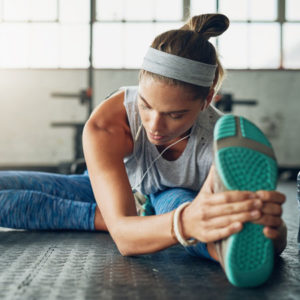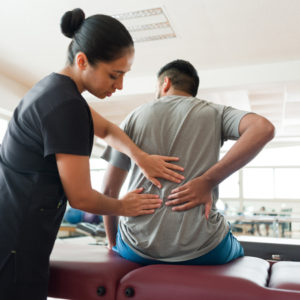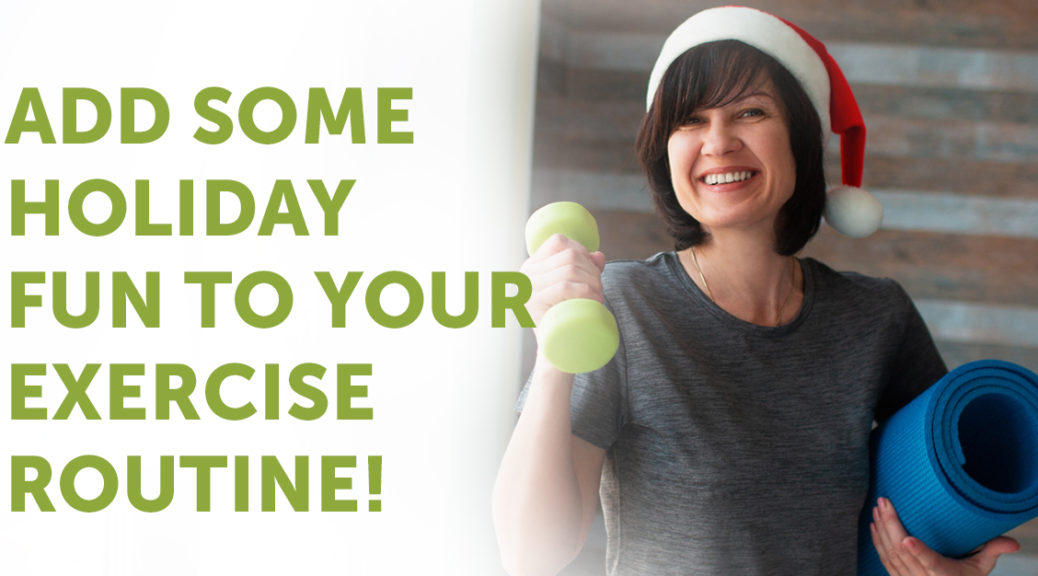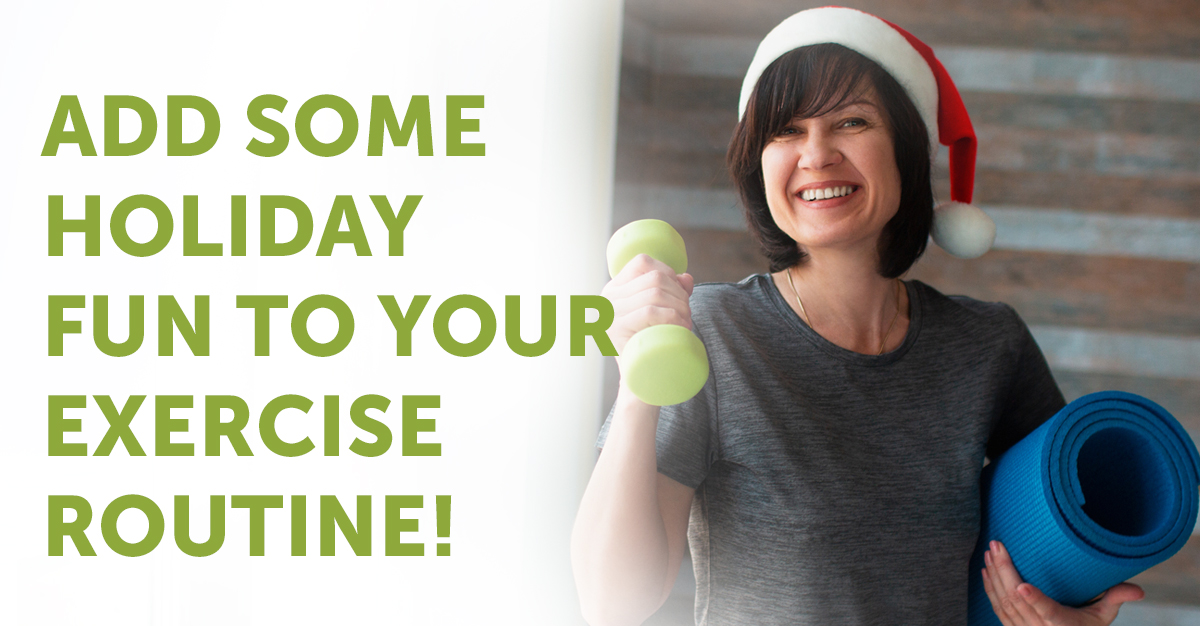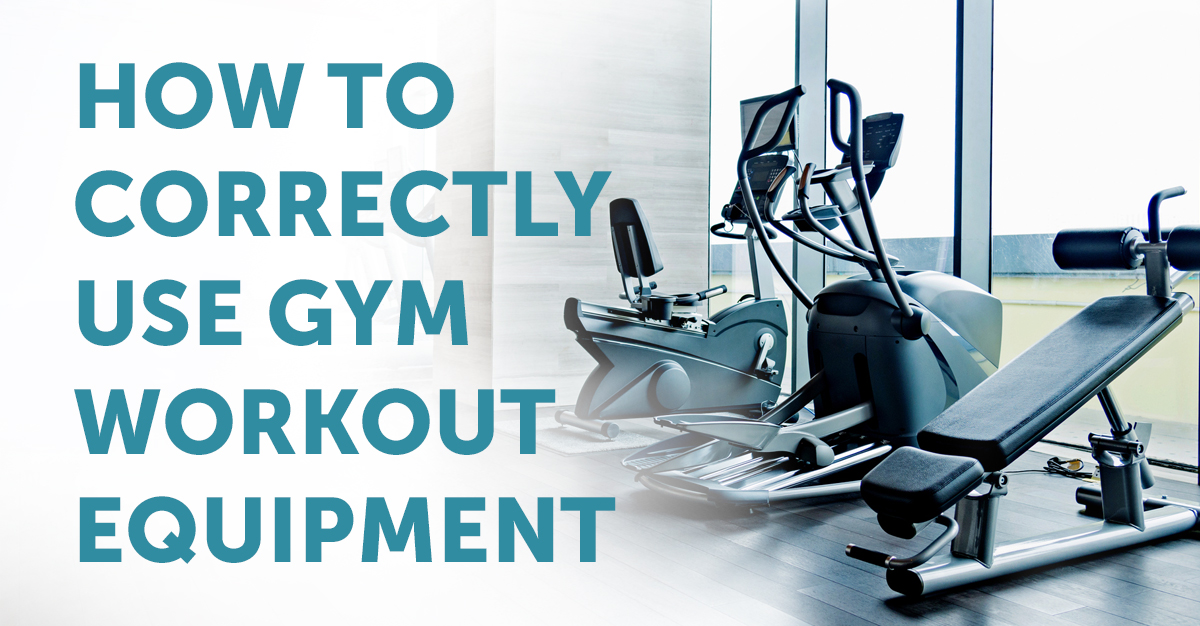
Are you looking to exercise more? Or are you a recent physical therapy graduate looking to keep making progress on the health of your body? Either way, going to the gym can be an experience that benefits both the body and mind tremendously. With that, understanding how to correctly use your workout equipment can reduce the risk of first-time or reoccurring injuries. If you are recovering from an injury, ask your physical therapist for an adjusted workout, or for updated restrictions as you continue to improve through care.

From stationary bikes to pull-ups, there is a plethora of workout equipment available for use in the gym that can better overall the health of your body. With that, the knowledge of the right and wrong ways to use the equipment we are about to teach can be the difference in benefiting or damaging your body.
How to Correctly Use a Leg Press
The leg press is a popular piece of gym equipment that can help build muscles in your legs. This piece of equipment develops the hamstrings of the thigh and the gluteus.
Correct Form:
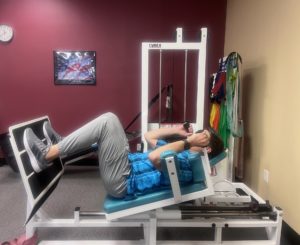
Incorrect Form:
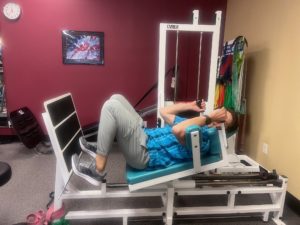
When you get into a leg press you’ll want to position yourself so that your back is pressed firmly against the back machine with your shoulders touching the top of the seat. Your feet should be positioned shoulder-width apart and fully flush on the platform with your legs at a 90-degree angle. Make sure to hold onto the handlebars before straightening your legs and lifting the weight. If you’re unsure about what weight to start with, start small and gradually add weight as you build endurance and strength. You can also consult your physical therapist or an athletic trainer for help.
How to Correctly Use a Stationary Bike
The stationary bike has been a staple in the exercise community for years. This machine provides low-impact, high-intensity cardiovascular exercise while building strength and endurance.
Correct Form:
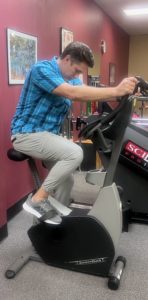
Incorrect Form:
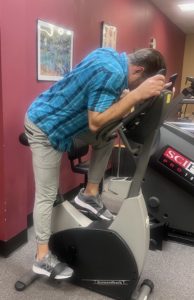
When sitting on a stationary bike you’ll want to adjust the seat’s height so that there is a slight bend to your knee when your foot reaches the furthest position. You also want to make sure your back is straight and avoid hunching. Your elbows should slightly bend when you grab onto the handles. If your arms are overextended, move the seat forward or backward until you reach the right position.
How to Correctly Use a Treadmill
There are lots of benefits to using a treadmill. It’s a great alternative to beginning runners when the weather is not in their favor, or if you want to pick the speed or incline to run.
Correct Form:
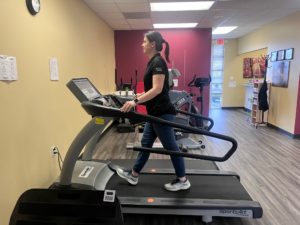
Incorrect Form:
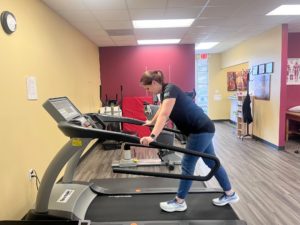
Make sure you keep your head up and looking straight ahead and try to keep your feet landing in the middle of the treadmill to take advantage of the shock absorption. Finally, run or walk as you would outside on the street. If needed a physical therapist can help make sure you have a good gait and posture
How to Correctly Use a Standing Cable Row
The cable row develops the muscles of the back and the forearms. It is an excellent all-around compound exercise for developing the middle back.
Correct Form:

Incorrect Form:
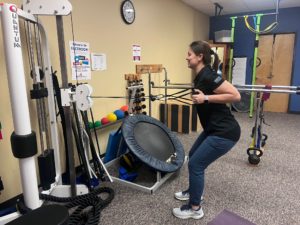
When standing you’ll want to adjust the pulley so that it’s level with your chest. You’ll want to stand with your feet firmly on the ground hip-width apart, with a slight bend to your knees. Similar to the bike you’ll want to keep your back straight (careful to watch the position of your butt). When pulling towards you make sure to keep your shoulders down, and don’t lean into the machine. If you are struggling to keep a good position, remove some of the weight.
How to Correctly Do a Low Row Hold
The Primal 7 is a versatile tool that can be used to assist patients in recovery by allowing for modified exercises, as well as an everyday workout tool for home and at the gym. Many of our clinics utilize it to help with assisted pull-ups, push-ups, and in this example a low row hold.
Correct Form:
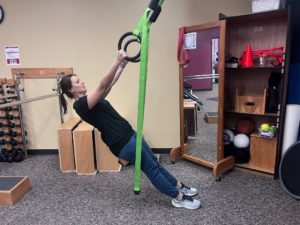
Incorrect Form:
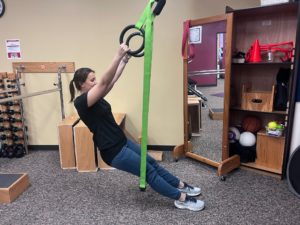
Grab hold of the rings and walk back to your starting position. Firmly plant your feet hip-width apart, keeping your back straight, and lean back until your arms are extended outward at chest level. From here you’ll pull your hands to your chest making sure the shoulders stay back. If you need help finding your starting position ask your physical therapist for help.
Working out and staying active is highly beneficial to the body but using the incorrect form could result in personal injury. If you have any sudden significant increase in pain, swelling, or discoloration while performing or following exercise, discontinue immediately. Don’t hesitate to schedule an appointment or find a physical therapist near you today!
Special thanks to Kingwood Occupational & Physical Therapy, in Kingwood, TX for supplying the Imagery

